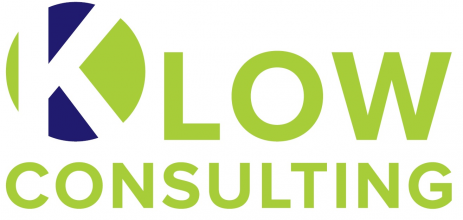On 1 December 2021, the government detailed new plans to accelerate the adoption and use of technology within the adult health and social care sector.
These plans were part of the ‘People at the Heart of Care: adult social care reform’ white paper, which announced that £150 million of funding would be made available over the next three years to deliver a programme to digitally transform the social care sector.
Building on the ‘Data saves lives: reshaping health and social care with data’ strategy first published in June 2021, the white paper’s plans set out to harness the potential of data in health and care, while maintaining the highest standards of privacy and ethics.
During the pandemic, the adult social care sector began to embrace the digital technologies which became key to people receiving care. According to the white paper, 90 per cent of care providers said they will continue to use technology as they have during the pandemic.
What types of technology are used in health and social care?
The government plans focus on integrating software systems with the NHS and Social Care, enabling a more responsive and integrated approach to delivery. There are multiple workstreams sitting within the approach, for example:
- Digital Social Care has been working with NHS Transformation Directorate to support the department’s commitment that 80 per cent of adult social care providers will have access to a Shared Care Record by 2024.
- Third-party providers are creating ever-more innovative systems and technologies. This includes an enhanced role for remote monitoring and engagement (e.g. video assistants); Assistive Technologies (e.g. Augmented communication tools) ; and support platforms (e.g. systems that offer ‘controlled’
- The roll-out of Virtual Care Wards. These wards use monitoring technologies (such as Bluetooth enabled heart monitors) to remotely track the physical wellbeing of the individual with their home (or care home) environment. The system is configured to immediately identify ‘out of safe range’ readings, escalating these to the appropriate clinician for review and intervention where needed. This benefits both their quality of life and the ability of hospitals and other care settings to more efficiently manage finite resources and bed space.
Training opportunities for digital technology
Within the white paper, there is a clear recognition that care providers need more support to continue their digital transformation journey, particularly in terms of the need for additional training. This will support the development of digital skills in the social care sector.
This is to play a more prominent role in the Enhanced Health in Care Homes Framework refresh. Placing a greater emphasis developing digital training programmes and leadership qualifications so that the sector has the core technological skills needed to embrace and maximise the benefits of these emergent technologies.
What does this all mean for tendering opportunities?
The implications for tendering are two-fold. Firstly, there is an increasing number of tenders (single provider and framework) focused on identifying and sourcing innovative solutions. A tacit recognition by commissioners that there are technologies they are now currently aware of and so a real opportunity for new market entrants.
Secondly, ‘standard’ services (e.g. Community Care, Supported Living, Residential Care) are requiring bidders to have a clear roadmap to technological integration. This needs to demonstrate both the capital commitments being made alongside clear strategies for roll-out and upskilling of both end-users and the workforce supporting them.
If you would like to be made aware when relevant tender opportunities come up in your industry or field of expertise, contact us today on 0330 1331 041 or info@klowconsulting.com to see how we can help.
